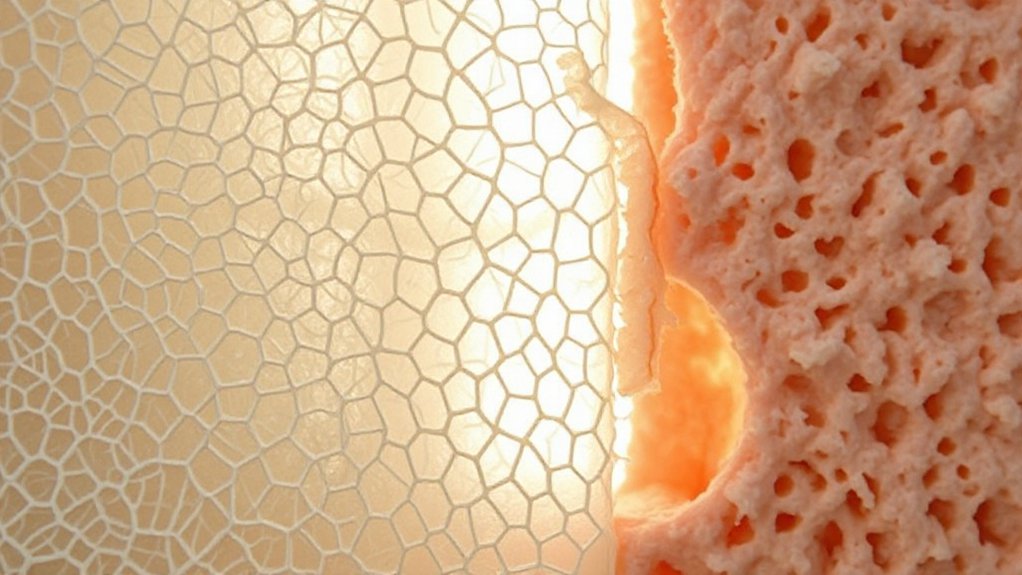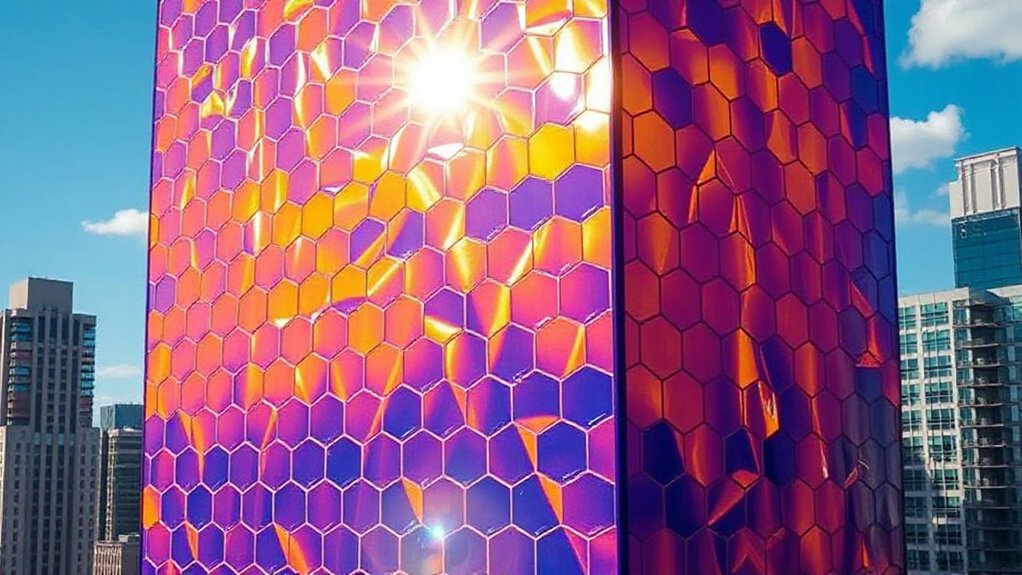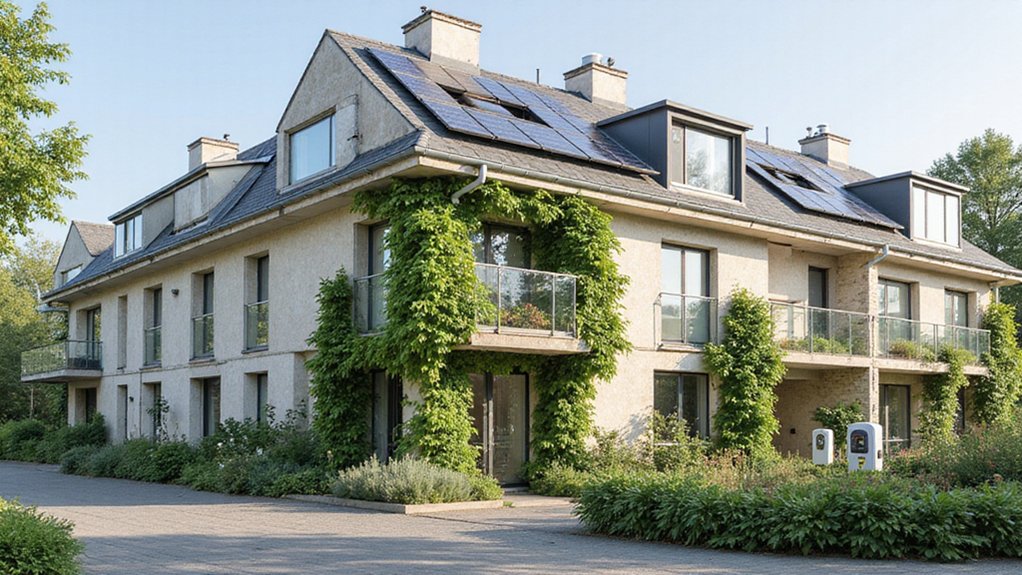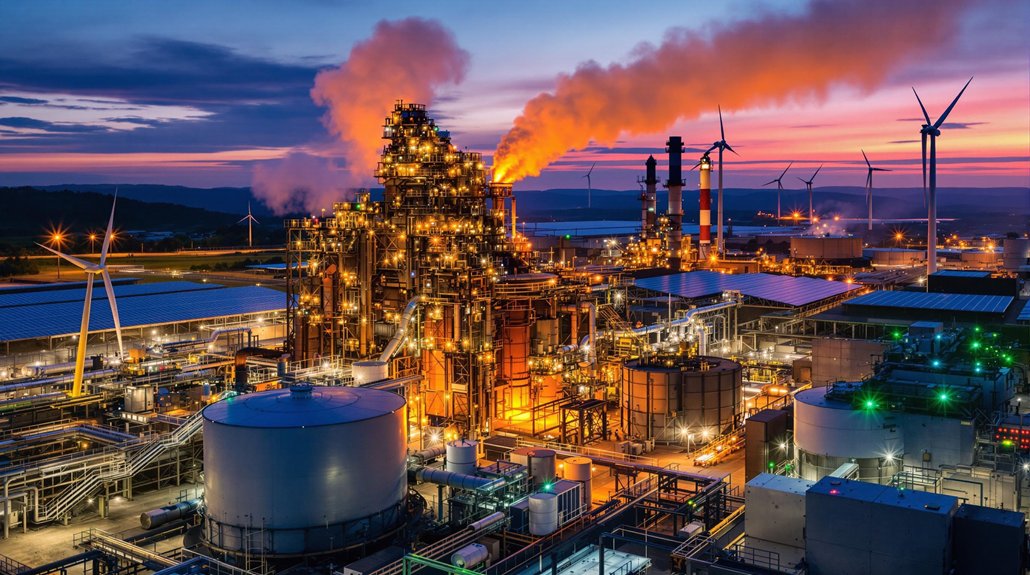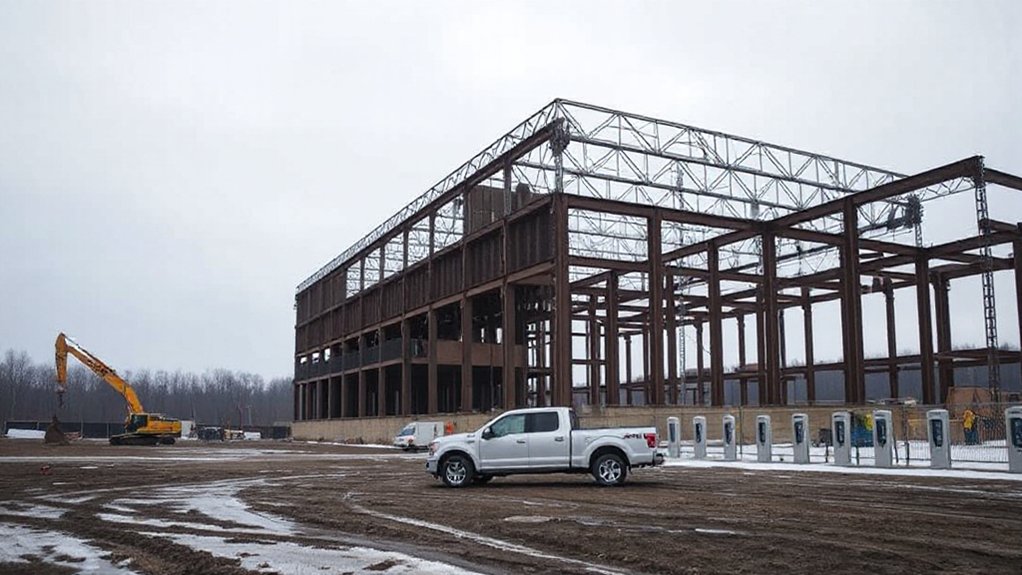While construction companies scramble to find the next big thing in sustainable materials, the answer might be growing right beneath our feet. Mycelium, the root structure of fungi, is emerging as a revolutionary building material that challenges traditional insulation products. It’s literally fungus. And it works better than what we’ve been using for decades.
This fungal network grows on agricultural waste – straw, sawdust, hemp – stuff we typically throw away. The process is ridiculously simple: combine fungi with organic waste, mold it, dry it. Done. No chemicals, no complex manufacturing. Nature does the heavy lifting while we sit back and watch.
The thermal insulation properties are impressive. Mycelium traps air and moisture within its structure, creating excellent temperature regulation. Buildings stay warm in winter, cool in summer. Less energy consumption, lower bills. Who doesn’t want that?
Nature’s thermostat works without an instruction manual. Mycelium keeps what’s hot hot and what’s cool cool.
But the benefits don’t stop there. These fungal composites have strength comparable to polystyrene and particleboard. Certain species like Pleurotus ostreatus and Ganoderma lucidum create particularly robust materials. And unlike traditional materials, mycelium is naturally resistant to pests and mold. Less maintenance, fewer headaches.
Fire resistance? Check. Mycelium doesn’t emit toxic fumes when burning. Traditional insulation materials can’t say the same. They’ll kill you while they’re saving you money on heating bills. Ironic, isn’t it?
The environmental credentials are where mycelium really shines. It’s completely biodegradable, breaking down naturally without leaving toxic residues. Low carbon footprint. Minimal processing. Less energy consumption. It’s the poster child for circular construction practices.
Innovative projects like “Alive” and Urban Reef are already showcasing what’s possible with this fungal wonder. The world has already seen remarkable structures like The Hy-Fi Pavilion constructed entirely from mycelium bricks at MoMA in New York. The construction industry is notoriously slow to adopt new technologies, but mycelium is gaining traction. The interconnected network of cells forms a natural structure that provides both strength and flexibility for various building applications. It’s not just an alternative to traditional materials—it’s potentially better in almost every way.
For an industry desperately needing sustainable solutions, mycelium isn’t just answering the call. It’s growing the solution from the ground up. Literally.
References
- https://parametric-architecture.com/from-fungi-to-foundations-mycelium-in-construction/
- https://mycotile.eco/benefits-of-using-mycelium-in-construction-a-closer-look-at-this-innovative-material/
- https://en.reset.org/mycelium-construction-material-benefit/
- https://www.yankodesign.com/2024/10/29/why-is-mycelium-natures-sustainable-hero-in-building-materials/
- https://pmc.ncbi.nlm.nih.gov/articles/PMC8934219/
- https://www.certifiedenergy.com.au/emerging-materials/emerging-materials-mycelium-brick
- https://en.wikipedia.org/wiki/Mycelium-based_materials
- https://www.youthstem2030.org/youth-stem-matters/read/the-use-of-mycelium-bio-composites-for-environmentally-sustainable-insulation
